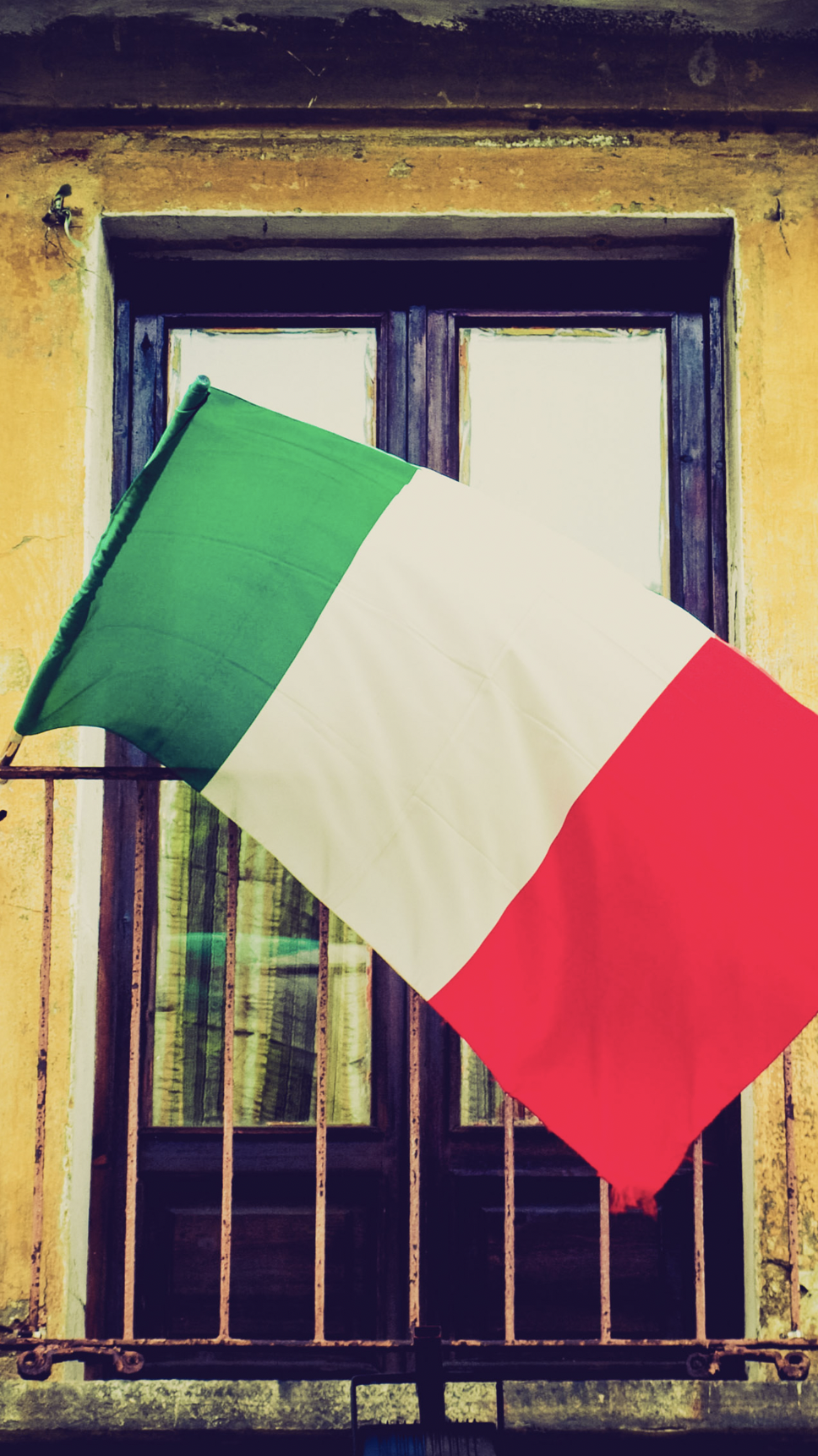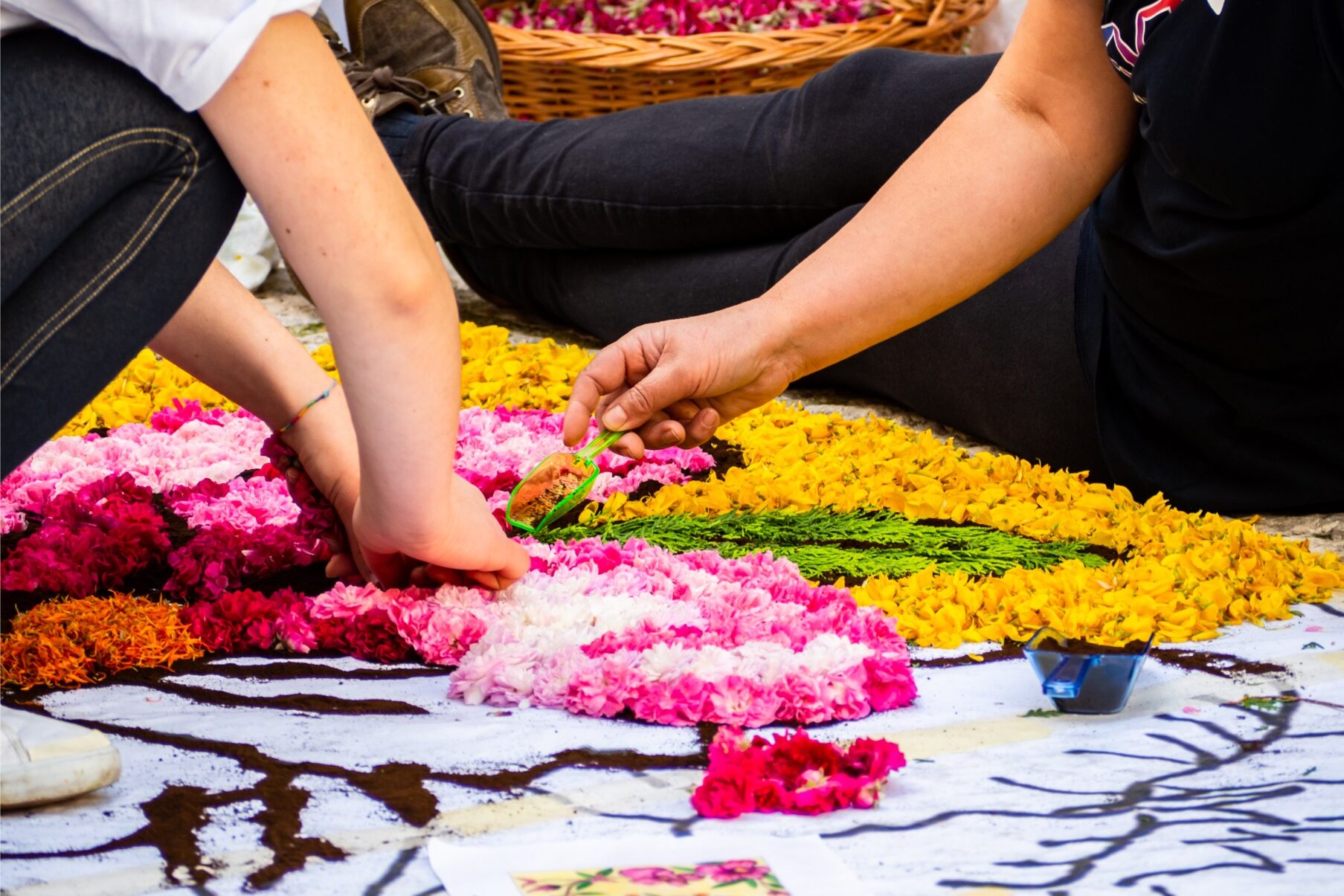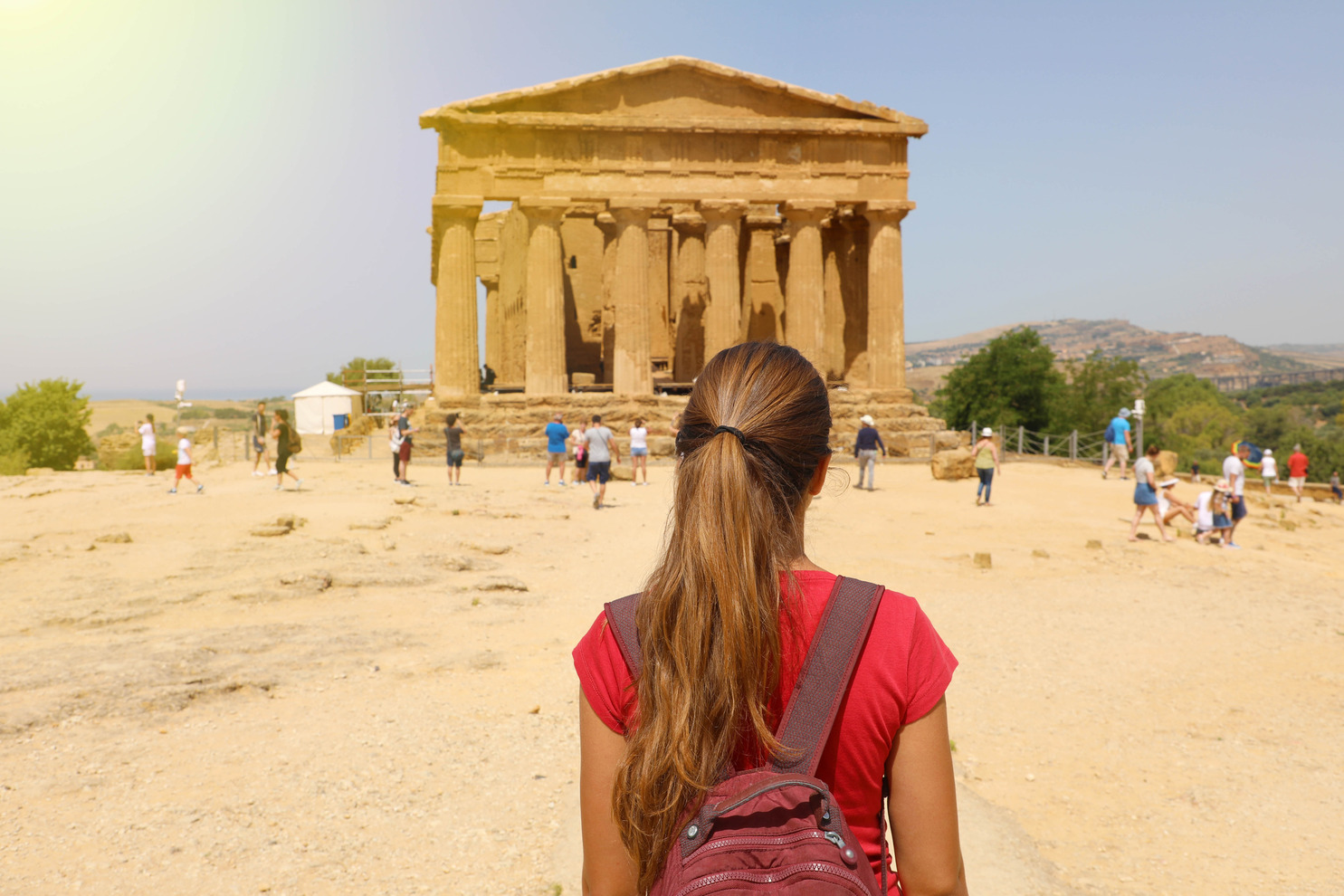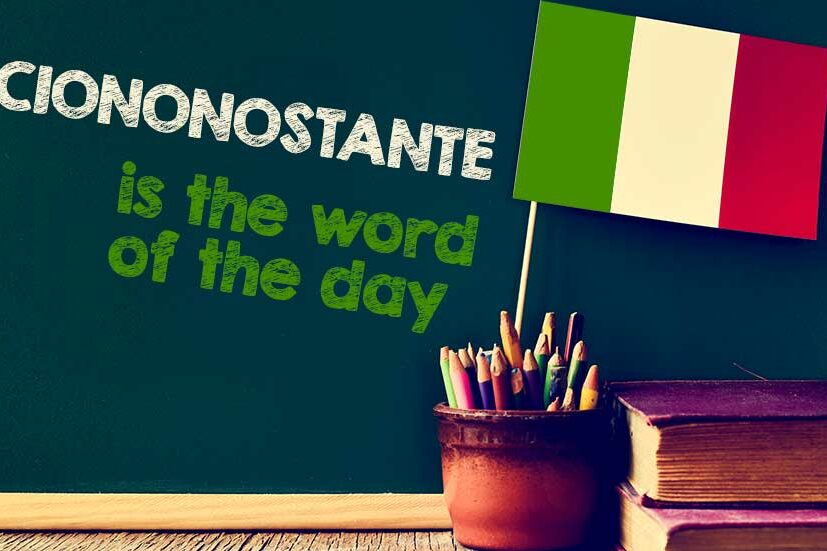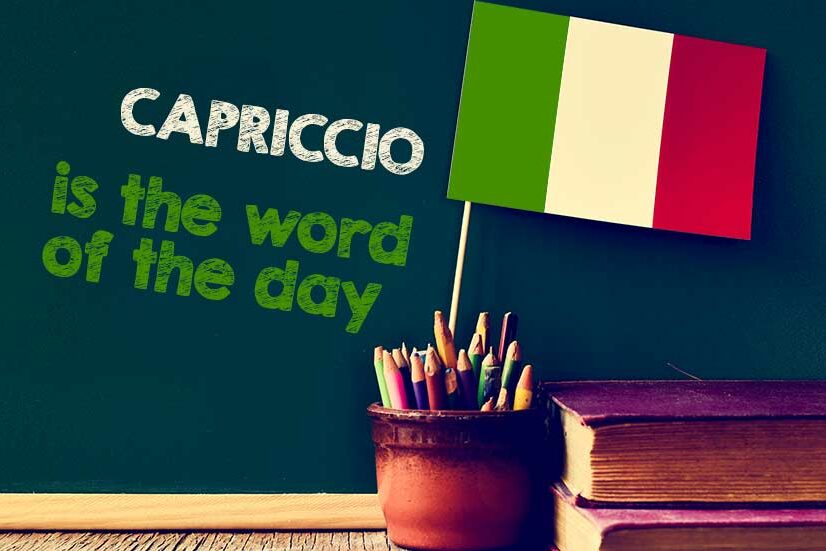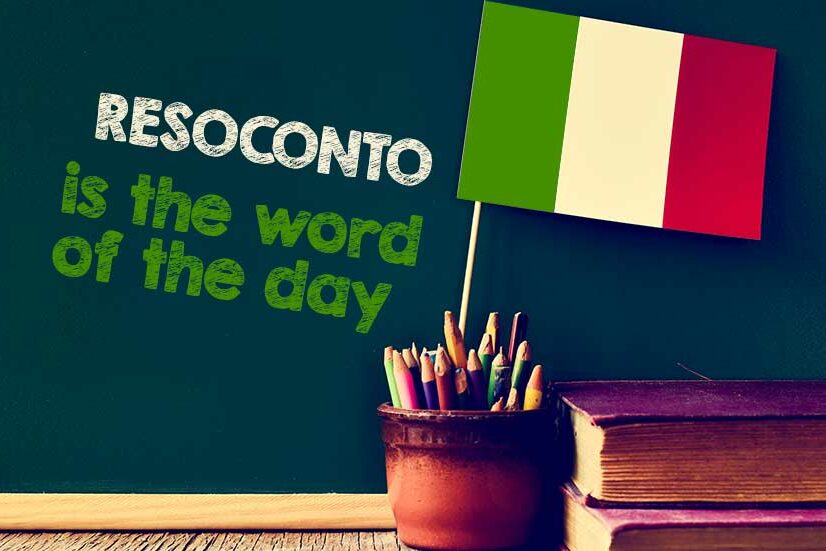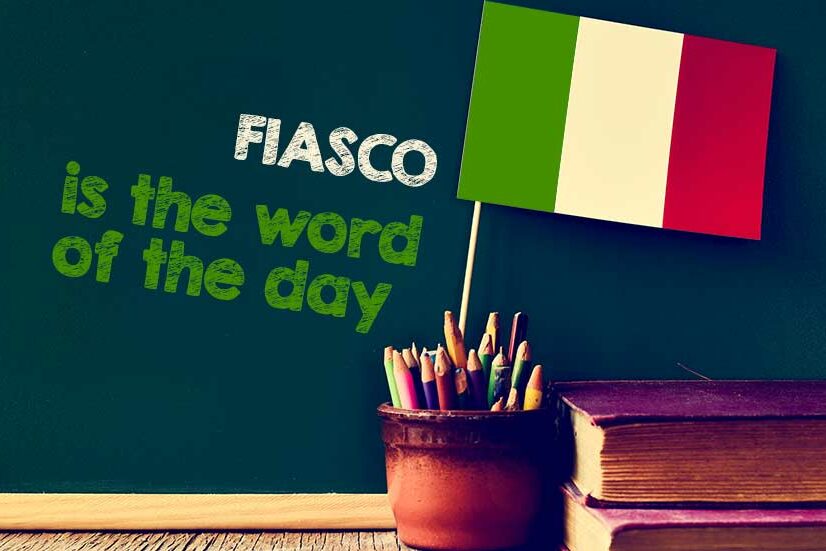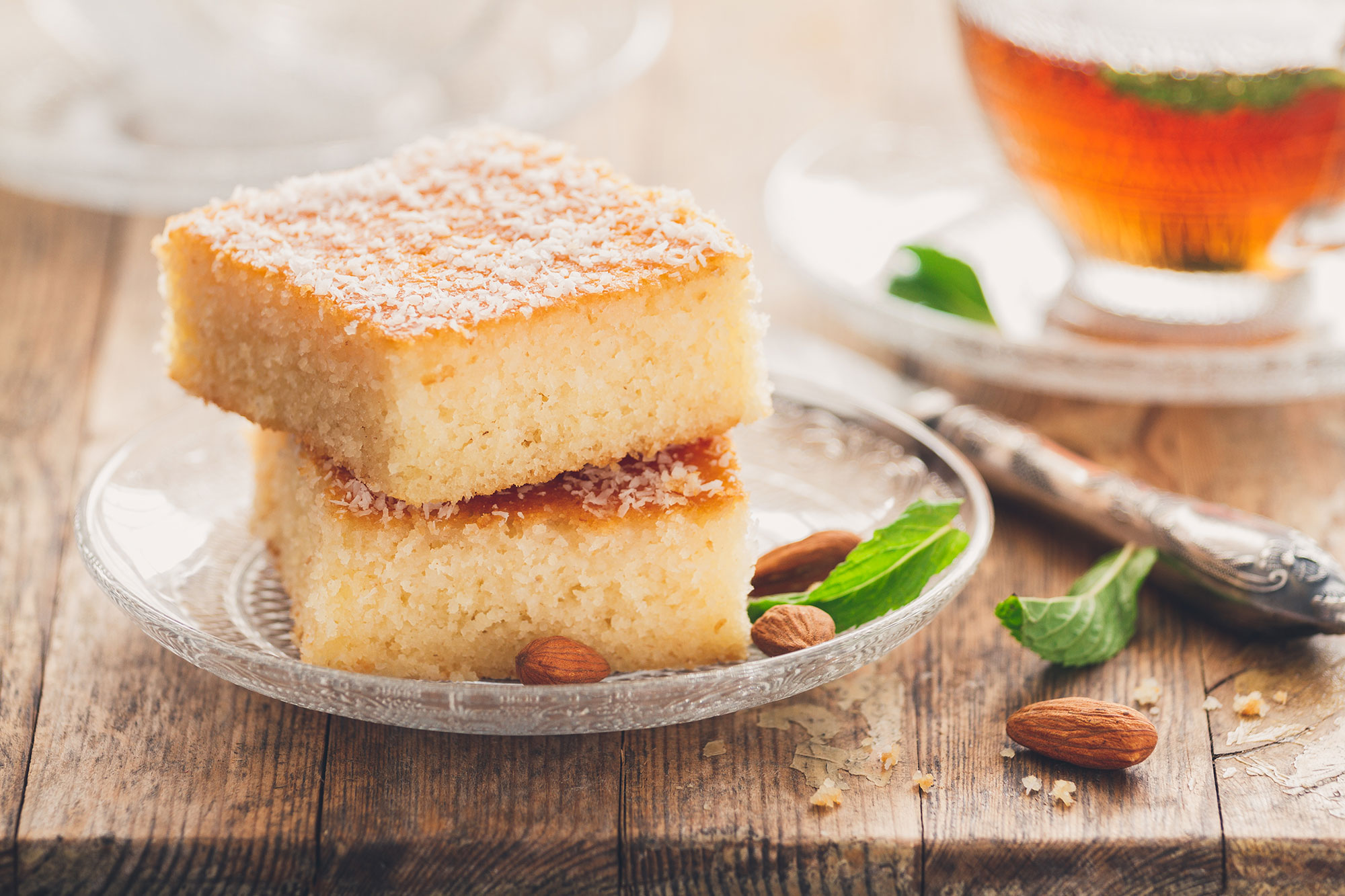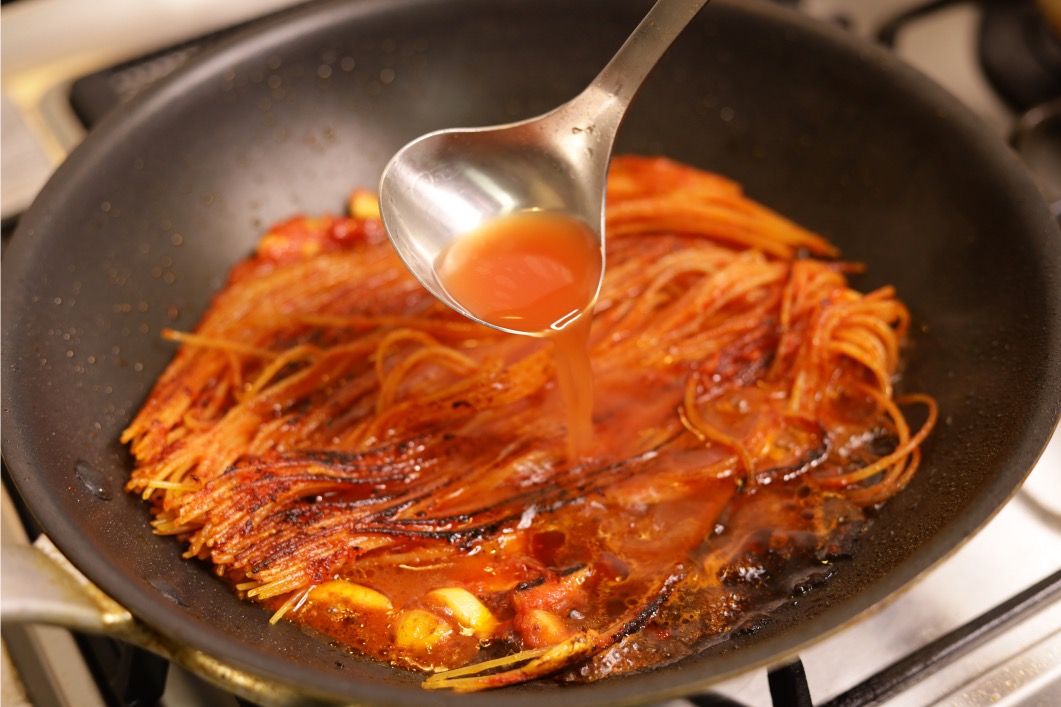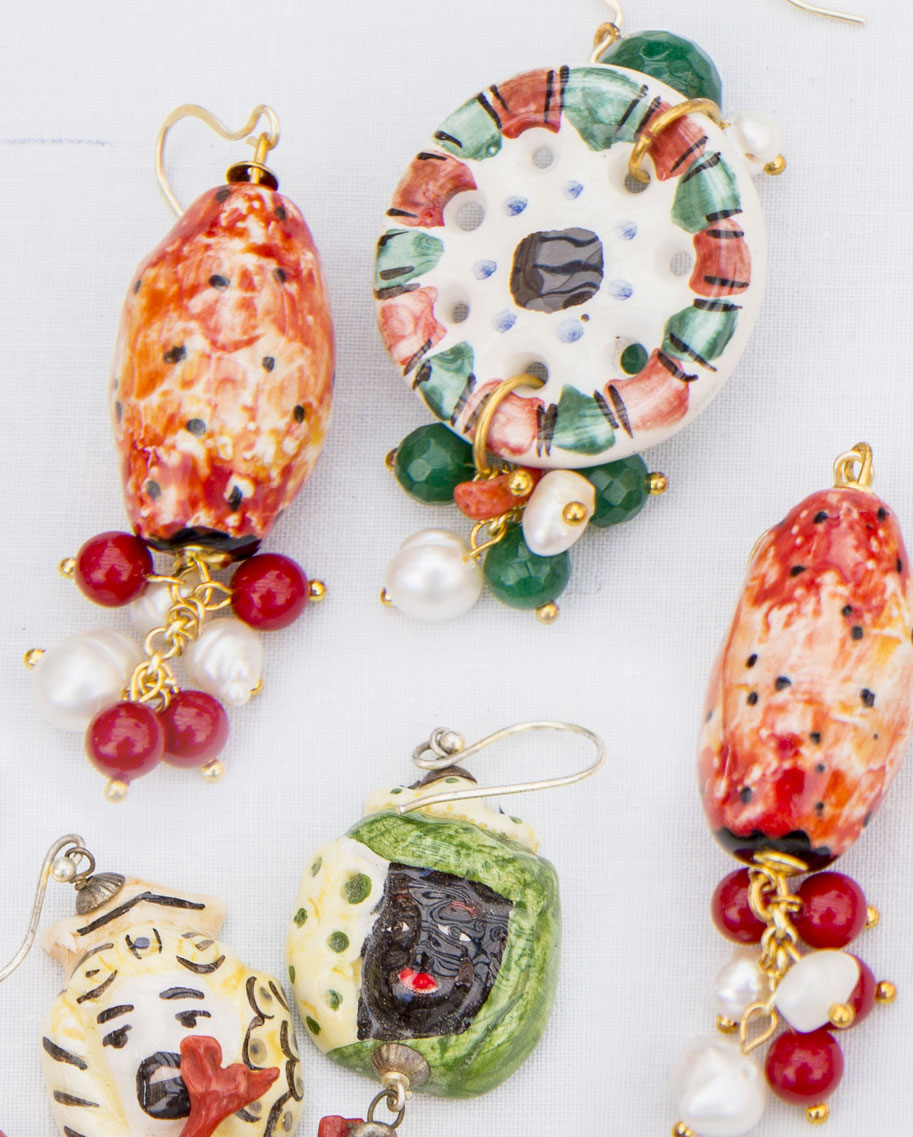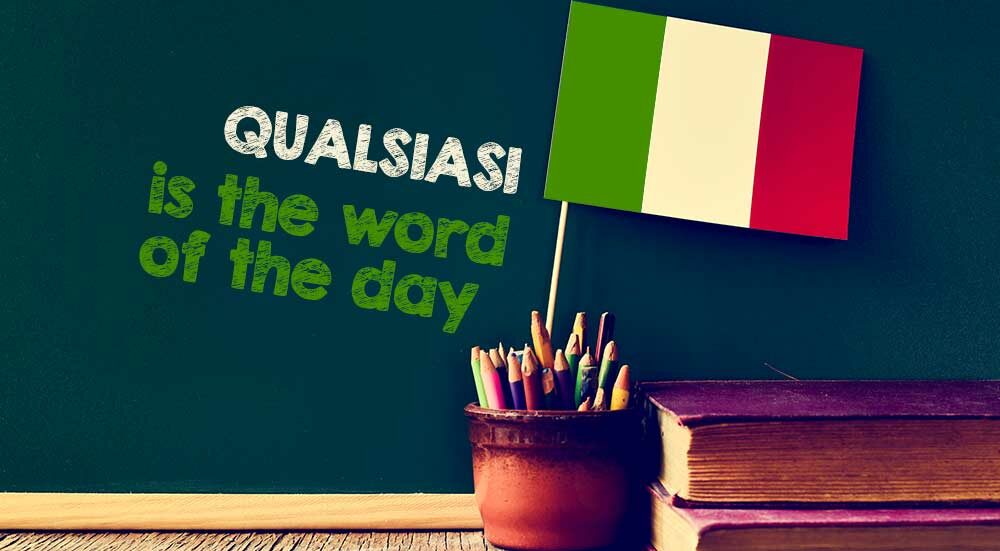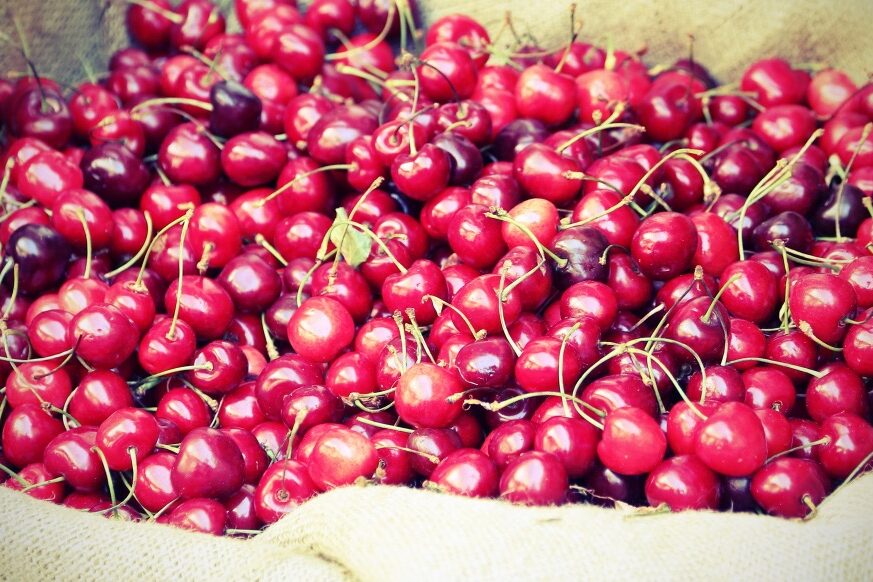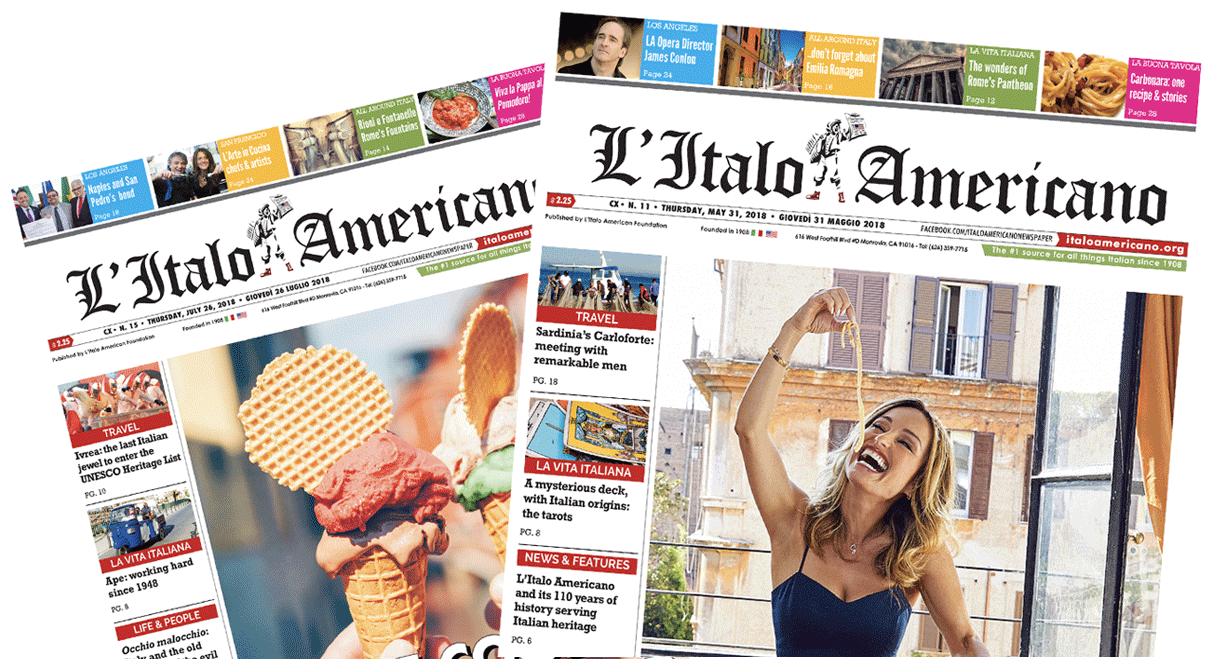The art of homemade pasta, a vegetable garden in the backyard, baking a cake with the kids, the aroma of cookies filling the kitchen, breakfast shared at the table, basil leaves on the windowsill, Sunday lunch at the grandparents’. In Italy, we talk about things that “make a home,” things that “make a family,” and things that are “quintessentially Italian.” Caring for these rituals and preserving certain habits – also with the intent to pass them on – is an expression of identity. Often, they become a family hallmark or a communal tradition, whether in a small village or a larger community. These shared practices create bonds, memories, affection, and, above all, a deep sense of well-being.
When we read stories about grandmothers teaching how to make fresh pasta and handing down traditional recipes, it’s not just about memory or heritage. It reminds us of how much everyday knowledge we’ve lost in the rush of modern life; how much craftsmanship and manual skill once flowed through something as simple as cooking a meal. Perhaps only by understanding the effort behind a plate of macaroni – the hours spent in the kitchen – do we begin to understand not just the value of the food but also the dedication and care that industrial production has led us to take for granted.
Seen through a contemporary lens, making pasta at home could also be viewed as a way to regain control over what we eat: choosing quality flours, using fresh eggs, avoiding additives and preservatives. It’s a return to authenticity shaped by a growing focus on health, a more mindful approach to eating, a deliberate alternative to processed food. This is a valid interpretation. But when framed solely in terms of dietary awareness, something of the deeper meaning behind these ancient, knowing gestures is lost. It becomes more about nutrition than about value; less an act of memory and care, more a matter of control.
But it’s that very authenticity – the deeper meaning behind a time-honored gesture and the knowledge that survives through repetition – that matters most. It is a powerful symbol of identity: personal, familial, social, and cultural. Making a cake, a plate of tagliatelle, a tray of gnocchi, or a dish of eggplant parmigiana becomes, in its own way, an act of continuity and self-preservation. Not simply as a response to the standardization and globalization of food, but as a proactive way to keep family rituals, familiar gestures, local traditions, and regional recipes alive, even when we’re living far from home.
Homemade pasta is often a shared experience. It brings family members together, not just to cook, but to spend time and talk. These preparations hold layers of inherited know-how: measurements, tips, preferences that go back generations. And while the dough is rolled, shaped, and cut, conversations unfold. There’s a quiet exchange between the person kneading and the one shaping the cavatelli; these are moments of connection that nurture relationships, deepen affection, and reinforce the social bonds we depend on. In the end, what truly matters isn’t the finished dish, it’s the experience of making something together.
Rediscovering the beauty in these everyday gestures isn’t just a tribute to how we used to eat, it’s a way to keep human connections and cultural identities alive.
It’s not uncommon to see grandparents or parents teaching younger generations how to knead dough, showing them the secrets of the perfect texture, how to seal a raviolo just right, or recognize pasta that’s perfectly al dente. These intergenerational exchanges don’t simply preserve traditional recipes, they strengthen family ties and instill a sense of belonging. In a world full of fast food, processed meals, grab-and-go lunches, food trucks, and endless happy hours, choosing to slow down and make pasta while listening to stories and advice passed down over time, means definitely more than putting food on the table. It’s a legacy. And it’s something to be proud of.
L’arte della pasta fatta in casa, l’orto coltivato in giardino, la torta preparata insieme ai bambini, il profumo dei biscotti che riempie la cucina, la colazione tutti insieme al mattino, le foglie di basilico sul davanzale della finestra, il pranzo della domenica a casa dei nonni. In Italia si dice che ci sono “cose che fanno casa”, cose che “fanno famiglia “e cose che sono “molto italiane”. Prendersi cura di alcuni riti e conservare certe abitudini, anche per tramandarle, è un segno identitario. Spesso diventa un marchio di famiglia o il rito sociale di una comunità, piccola o grande che sia, che condivide degli usi che finiscono per creare legami, memorie, affetti, soprattutto un senso di benessere.
Quando si leggono storie come quelle delle nonne che insegnano a preparare la pasta fatta in casa e le ricette della tradizione per cucinarla, non si capisce solo l’importanza della memoria, di tramandare un ricordo o un’abilità. Si fa mente locale su quanti saperi al giorno d’oggi abbiamo perso nella vita frenetica di tutti i giorni, quanta trasmissione di manualità e artigianalità veniva tramandata in passato anche solo nel preparare da mangiare per la famiglia. Forse, anche solo capendo tutto il lavoro che c’è dietro un piatto di maccheroni, alle ore passate in cucina, si percepisce non solo il valore di un alimento ma anche l’impegno e la fatica che la produzione industriale ci ha abituato a dare per scontati.
Forse in un’ottica molto contemporanea potremmo anche pensare che il fare la pasta in casa sia essenzialmente un mezzo per avere il controllo completo sugli ingredienti. Si scelgono farine di qualità, uova fresche evitando additivi e conservanti. Un ritorno alla genuinità in ottica salutista, un’attenzione crescente verso l’alimentazione sana e responsabile, una scelta consapevole in opposizione ai pasti industriali. Interpretazione legittima ma in questo senso l’autenticità di un gesto antico e sapiente ci perde un po’, sarebbe più una questione di coscienza alimentare che di valore.
Ma è proprio l’autenticità, il senso profondo di quel gesto e di quel sapere antico che si ripete e non si perde che è più importante di tutto il resto, perché è un forte simbolo d’identità personale, familiare, sociale, culturale. La preparazione di un dolce o di un piatto di tagliatelle, degli gnocchi o di una parmigiana è un atto, per così dire, di perseveranza, di auto-conservazione. Non solo o non tanto rispetto all’omologazione e alla globalizzazione del cibo, ma un modo proattivo di mantenere vive le proprie abitudini, i gesti di famiglia, le tradizioni locali e le ricette tipiche regionali anche quando ci si sposta dall’altra parte del mondo.
Preparare della pasta fatta in casa inoltre, è spesso un’attività che coinvolge più persone e membri della famiglia. Non si tratta solo di cucinare, ma di condividere momenti e chiacchiere preziose non solo perché dentro le preparazioni ci sono conoscenze, misure, consigli, gusti ben più antichi di chi le sta riproducendo, ma perché mentre si tira la sfoglia, o si stende e si dà forma alla pasta, spesso ci sono parole che si dicono, c’è un dialogo tra chi impasta e chi realizza i cavatelli, legami interpersonali e momenti di convivialità che sono fondamentali per rafforzare le relazioni che a loro volta sono veicolo di affetto e di connessione sociale, e che mettono in atto un senso di condivisione che va oltre il risultato finale. Riscoprire la bellezza di questi gesti quotidiani non è solo un tributo al mangiare come una volta, ma anche un modo per mantenere vive le relazioni umane e le culture che ci definiscono.
Non è raro vedere nonni e genitori insegnare ai più giovani come impastare la farina, mostrare i segreti di una consistenza ideale, di un raviolo chiuso perfettamente, di un’ottima cottura al dente. Questo scambio intergenerazionale non solo conserva le ricette tradizionali, ma fortifica i legami familiari, creando un senso di appartenenza e identità. In un’epoca in cui il fast food, il cibo industriale, il pranzo fuori, lo street food e l’aperitivo sono onnipresenti, dedicare tempo alla preparazione della pasta ascoltando consigli che vengono da lontano, narrazioni che attraversano le generazioni, mantenendo vive le radici della storia personale e della propria cultura sociale, è decisamente molto di più di un semplice piatto in tavola: è un patrimonio da custodire e un atto di orgoglio culturale.

